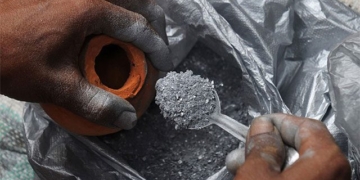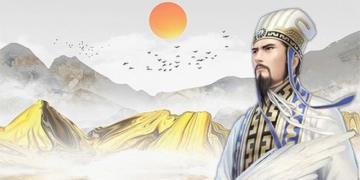The Da Nang Cham Sculpture Museum is currently home to a very special national treasure. This artifact, whenever taken abroad, is insured for nearly 1 million USD.
Discovery of the Statue
According to Tuổi trẻ newspaper, in 1903, the French School of the Far East (EFEO), led by archaeologists L. Finot and H. Parmentier, discovered a statue at the E5 temple tower during their survey at the My Son Sanctuary in Quang Nam Province. The archaeologists identified this as a statue of the deity Ganesha, classified as Group E (according to the classification system used by French archaeologists at the time).
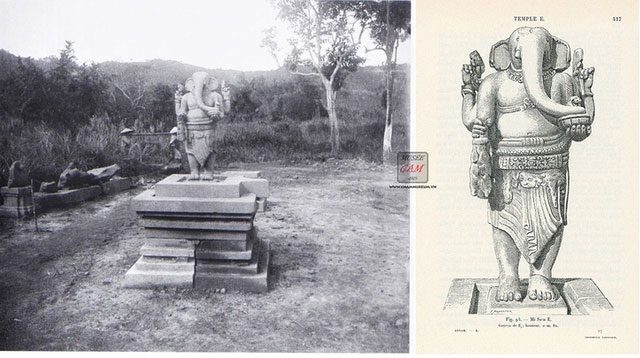
In 1903, the French School of the Far East (EFEO) discovered a statue of Ganesha at the My Son Sanctuary. (Photo: Da Nang Cham Sculpture Museum)
According to the national treasure records, this Ganesha statue is made of blue-gray sandstone, standing 95 cm tall, 48 cm long, and 34 cm wide. It is depicted in an upright position, facing forward, with four arms. Currently, only the main left hand and the auxiliary right hand remain, while the other two arms have broken at the elbow and hand. The main left hand holds a shallow bowl, with a trunk dipping into the bowl, while the auxiliary right hand holds a rosary. This bowl is a Modak, a detail often seen in early elephant deity sculptures.
In a drawing from 1909 by H. Parmentier, the auxiliary left hand holds a small axe, while the main right hand holds a cluster of leaves, which elephants are known to enjoy. The small axe is a common detail in early elephant deity sculptures. The cluster of leaves is considered by art researchers to be characteristic of early works depicting Ganesha in Southeast Asia.
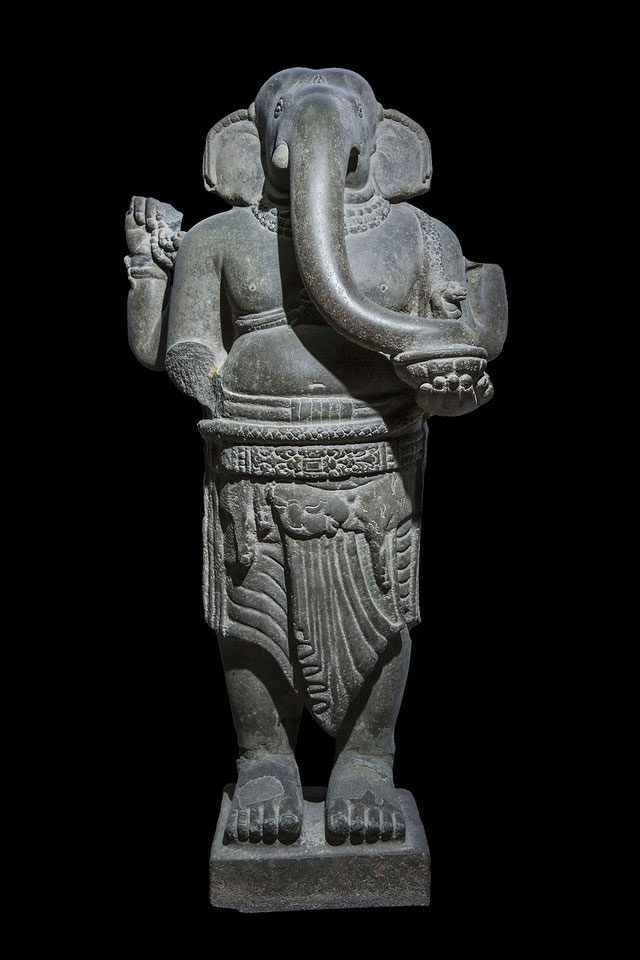
According to national treasure records, this Ganesha statue is made of blue-gray sandstone, standing 95 cm tall, 48 cm long, and 34 cm wide. (Photo: Lao Dong Newspaper).
Later, this statue was brought to the Da Nang Cham Sculpture Museum in 1918. It has become one of the important artifacts that demonstrate the early arrival of Hinduism in the Champa Kingdom.
The Significance and Importance of the Statue
Ganesha in Hinduism is an important and widely worshipped deity. There are many stories about the birth of Ganesha. One of the most popular tales recounts that Mother Parvati, the wife of Lord Shiva, created Ganesha from the sacred dust of her body. When Shiva returned and wanted to enter, Ganesha stopped him. Not recognizing Ganesha, Shiva beheaded him. Upon learning this, Parvati demanded that Shiva give Ganesha a new head. Shiva chose the head of an elephant, and from then on, Ganesha took on this unique form.
Ganesha is regarded as the god of intelligence, knowledge, and luck. His elephant head is believed to symbolize the ability to remove obstacles and overcome difficulties. This is why people often worship Ganesha before starting anything new.
Ganesha is also seen as a protective deity, warding off misfortunes and bringing good luck. His elephant head is said to have the ability to see far and hear well, helping to protect and ensure the safety of people.
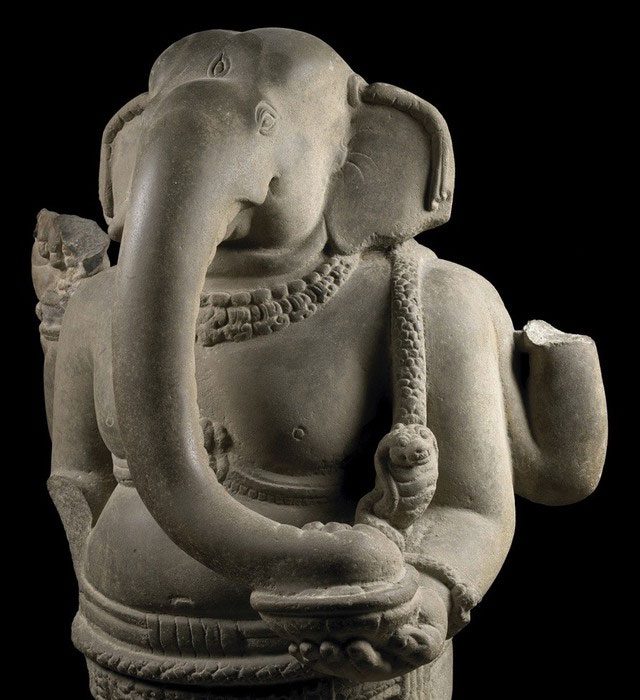
The Ganesha statue at the Da Nang Cham Sculpture Museum is an important testament to the early arrival of Hinduism in the Champa Kingdom. (Photo: Lao Dong Newspaper).
Ganesha is often depicted as cheerful, friendly, and humorous. The image of the elephant head also reflects the diversity and creativity in Indian culture and beliefs.
In summary, the unique form of Ganesha with his elephant head is an important part of Indian beliefs and culture, carrying many meanings and spiritual values.
According to information from the Public Security Newspaper, the statue exhibits characteristics of the My Son architectural style, dating back to the 12th – 13th centuries, during the development of Cham sculpture art. Furthermore, the Ganesha statue at the Da Nang Cham Sculpture Museum is an important artifact that attests to the early arrival of Hinduism in the Champa Kingdom. These are unique original artifacts, with distinctive forms and special value, representative of the religious art of Champa through the ages.
A National Treasure Insured for Millions
On December 31, 2020, the statue of Ganesha was officially recognized as a national treasure by the Prime Minister of the Government. Not only does it hold cultural and spiritual value, but this Ganesha statue is frequently loaned to prestigious museums worldwide for display in large-scale exhibitions. Each time it is taken abroad, this national treasure is insured for nearly 1 million USD, showcasing its exceptional value.
In 2005, this artifact was taken to France for an exhibition at the Guimet Museum of Asian Arts in Paris, with an insurance value of 800,000 USD (approximately 24 billion VND at current exchange rates) as per the insurance contract with the French side. In 2014, the artifact was taken to the United States for an exhibition at the Metropolitan Museum of Art in New York, with an insurance value of 800,000 USD (approximately 24 billion VND at current exchange rates) according to the insurance agreement with the American side.

The statue of Ganesha has been officially recognized as a national treasure by the Prime Minister of the Government. (Photo: Lao Dong Newspaper).
With a combination of legend, significance, and cultural value, the Ganesha statue at the Da Nang Cham Sculpture Museum is not just a work of art; it is also a part of the cultural heritage of Champa. The Da Nang Cham Sculpture Museum (Hải Châu District) currently houses and displays six National Treasures along with more than 2,000 artifacts of Champa culture.

















































